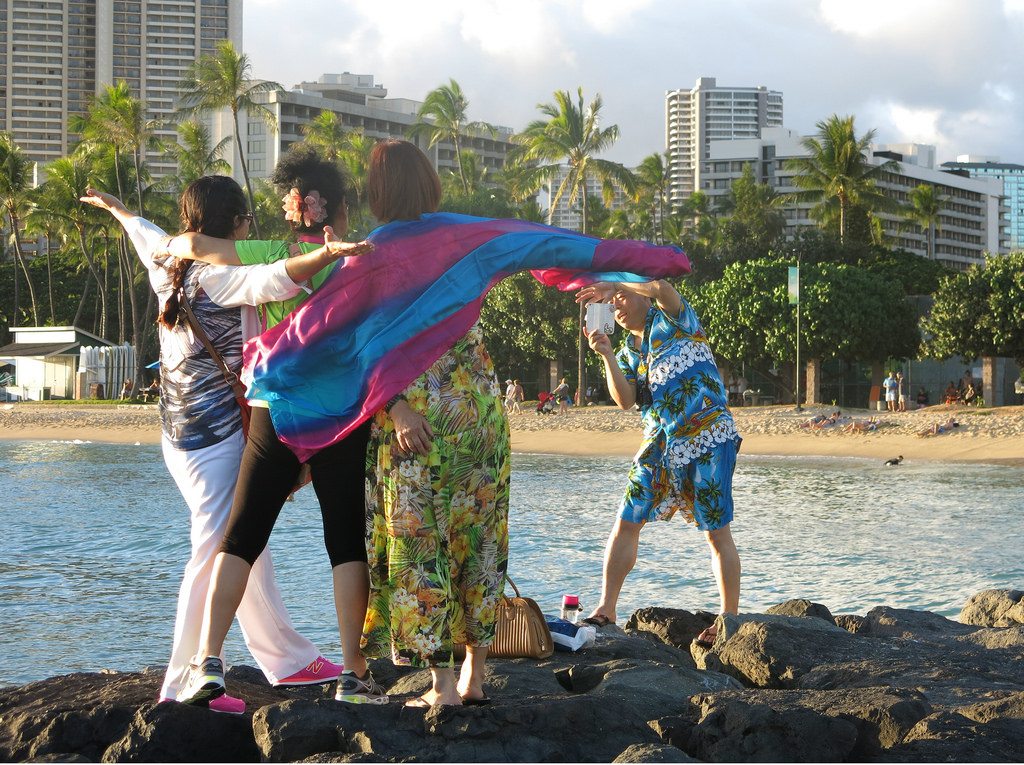International Tourist Spending in the U.S. Set a New Record in January

Skift Take
While international visitor spending was in the black for January in many American destinations, data for the next few months will be more telling in how U.S. foreign policy is impacting travelers' decisions to spend and vacation in the U.S.
As some destinations in the United States brace for the impact of President Trump's travel ban and its unwelcoming message, the year started off with good news: International visitors to the U.S. began 2017 with the strongest January on record for tourism spending.
International travelers in January spent nearly $20.8 billion, an increase of 0.9 percent from January 2016, according to monthly statistics released this week by the U.S. National Travel and Tourism Office. The average foreign visitor spent about $672 per day in January on transportation, souvenirs, and other tourist related expenses.
Foreign visitors finished last year with an overall slight decrease in spending in the U.S. with $245.9 billion spent between January and December (down 0.1 percent year-over-year). In contrast, Americans spent about $158.9 billion on international travel last year.
Every month, the National Travel and Tourism Office releases data regarding recent travel and spending activity, including details about inbound
